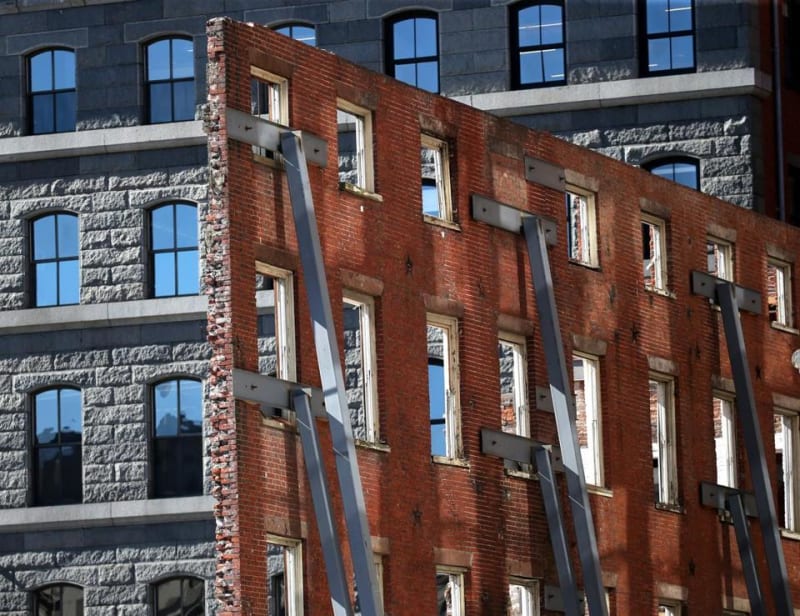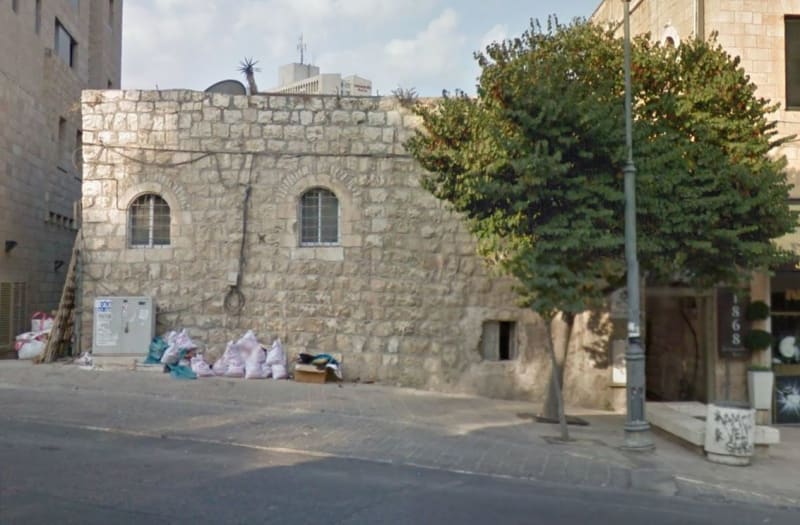NAFTALI-HAKOHEN
Civil/Environmental
- Apr 8, 2021
- 26
hi all,
were planning a renovation/restoration of a 3 storey historic structure, with walls made from stone, molded together with kind of mud-mortar,
to put a 8 storey structure on top.
im struggling to find any material or methodology (online or elsewhere) about how to restore (structurally) the current stone walls - without disturbing the exterior look of the walls too much,
does anyone have any experience or guidance on this kind of thing?
my boss has an idea to excavate the interior of the walls ,insert steel spiral cage and pour concrete in, to create RFC wallls on which to build up, has anyone heard of such a procedure/process?
the building interior has interior arches, whichneed officially to be preserved...does anyone know if this is possible?
any guidance ,or case studies on somewhere this has been done would be appreciated,
thanks,
naftali
were planning a renovation/restoration of a 3 storey historic structure, with walls made from stone, molded together with kind of mud-mortar,
to put a 8 storey structure on top.
im struggling to find any material or methodology (online or elsewhere) about how to restore (structurally) the current stone walls - without disturbing the exterior look of the walls too much,
does anyone have any experience or guidance on this kind of thing?
my boss has an idea to excavate the interior of the walls ,insert steel spiral cage and pour concrete in, to create RFC wallls on which to build up, has anyone heard of such a procedure/process?
the building interior has interior arches, whichneed officially to be preserved...does anyone know if this is possible?
any guidance ,or case studies on somewhere this has been done would be appreciated,
thanks,
naftali


